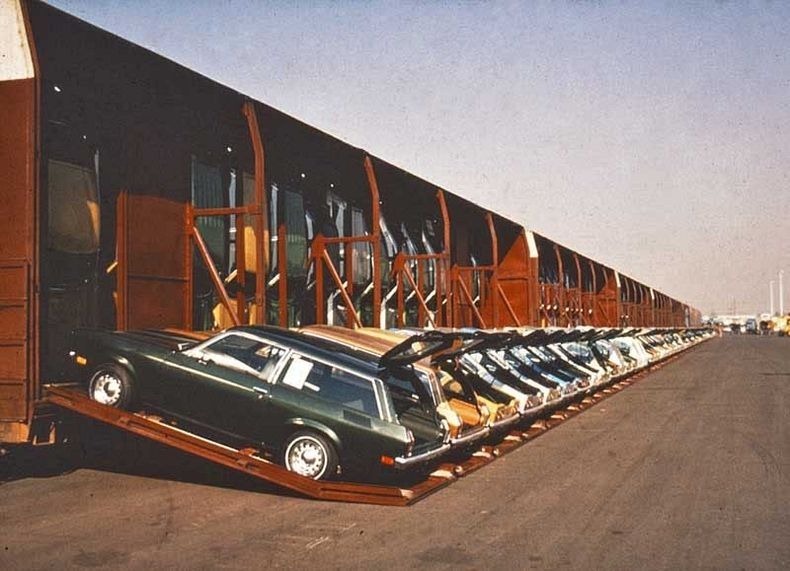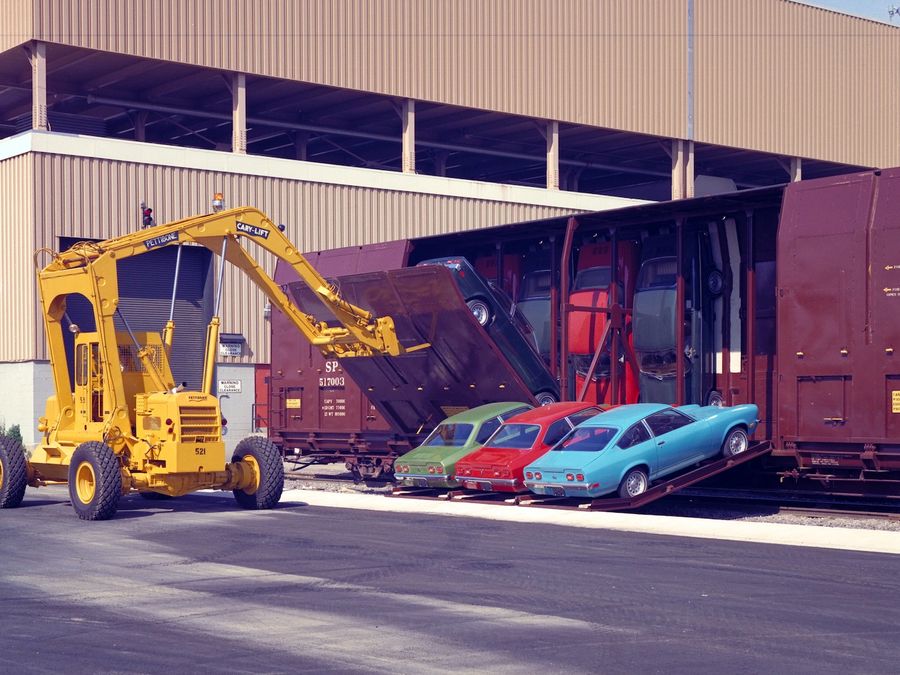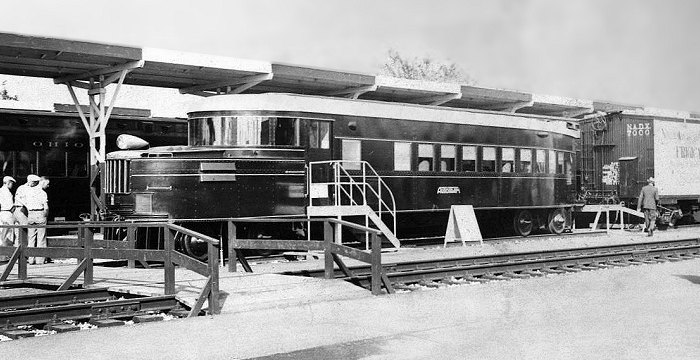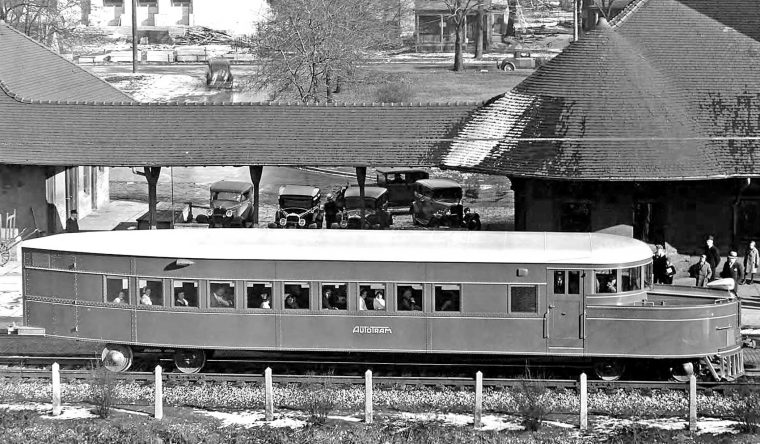As the diesel continued its rise to prominence, there were a handful of railroads that were not giving up on the steam engine: PRR, Chesapeake & Ohio and Norfolk & Western were chief among them. While PRR was fooling around with their Duplex Drive design, which was most likely the future of steam locomotives, they also decided to go the steam turbine route with the S2. While C&O, N&W and UP would all build coal-fired turbines that turned an electric generator that fed power to traction motors, like a diesel, the PRR would go the unique route of a direct-drive turbine 6-8-6.

Westinghouse constructed the turbine setup, which fired 2000mph compressed steam through a series of nozzles at a large turbine capable of 9000rpm. It also had a smaller, lower speed turbine for reverse operation. The turbines transmitted power to the center pair of axles through a gear-reduction transmission, and then connecting rods transmitted power to the outer pair of axles. Its also interesting that this locomotive used a feedwater heater, which the PRR never used on any other steam locomotive. And while the engine was supposed to be a 4-8-4, wartime restrictions on lightweight steel during development meant the engine ended up heavier than anticipated and they had to use 6-axle lead and trailing trucks. Since they had built the 6-4-4-6 S1 in the '30s, the 6-8-6 wheel arrangement meant this ended up being called an S2.

With 6900hp generated by the turbine, it had plenty of power. It also didn't produce the hammer-blow impacts that beat the daylights out of the rails at high speeds, which was an issue that a lot of railroads were struggling with. It also had markedly better fuel economy when operating at speed. The problem was, being direct-drive, when not operating in its fairly narrow power band, its fuel economy was much worse. When running at lower speeds, the firebox temperatures would run hot and it would break staybolts in the boiler. And it was also quite slow to accelerate. And then there were the added maintenance issues of the turbine and gearbox, which was so wildly different from anything else on the PRR roster.

Another issue that PRR had was visibility. The turbine generated so much exhaust from the stack, that it frequently obscured all vision. Originally it was delivered without any smoke deflectors, but they soon added a small set of deflectors. Those proved not to be enough, so they added a huge set that were similar to those on a Nickel Plate Hudson or a Union Pacific Northern.

After only 5 years in operation, the S2 was retired from operation when it suffered damage to the turbine. The arrival of the T1 4-4-4-4, as well as increasing maintenance costs, decline in PRR passenger ridership and the beginning of dieselization had made the S2 increasingly irrelevant. PRR was supposedly investigating building another direct-drive turbine engine, this one was supposed to be streamlined, but then modified the design to make it a turbine-electric. This proposed engine, the V1, never came into existence though.
The whole steam turbine design ended up being an evolutionary dead-end. C&O's M-1 #500 steam turbine-electrive had issues with the turbine from the heavy jarring and pounding of railroad usage, as well as dust, dirt and particulates fouling traction motors and generators. The Norfolk & Western's Jawn Henry had problems with water leaks and the water pumps, along with coal dust and fly ash damaging electrical equipment. And Union Pacific's sole coal-turbine electric fought problems with turbine fin erosion and ash buildup.






